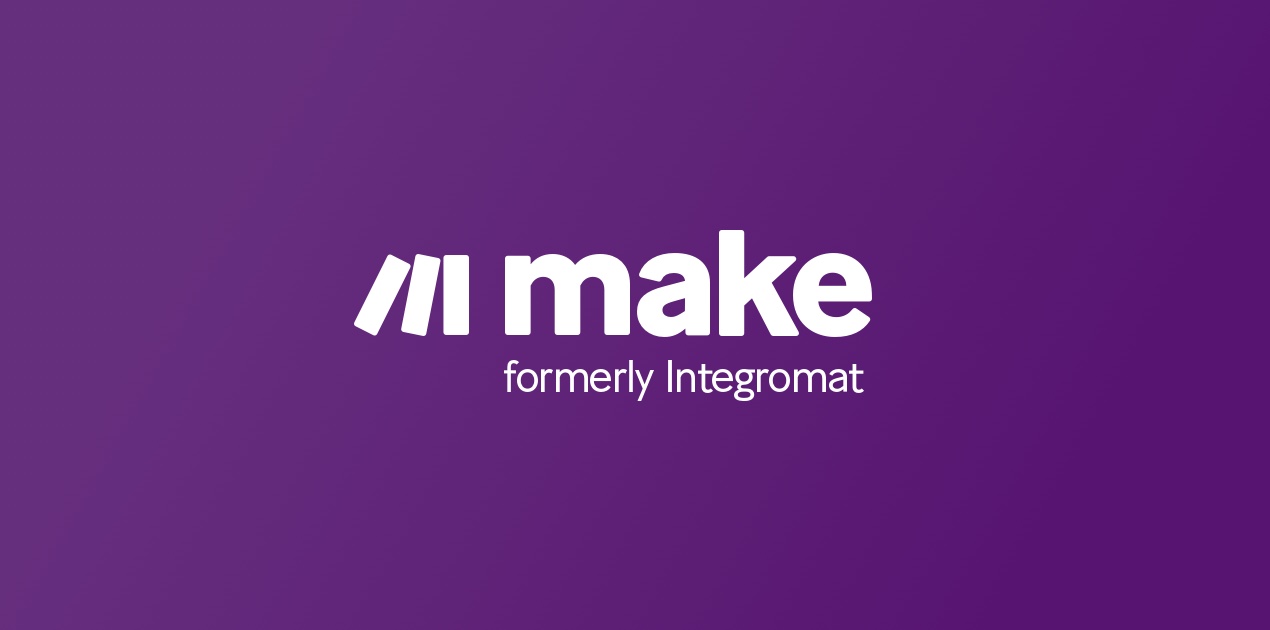🔹 **Beginning the Workflow**: Kick-off with a 'Cron' or 'Webhook' node.
🔹 **Fetch Data from Google Sheets**: Use a 'Google Sheets' node to read data, like 'num cycles', 'personality_one', 'personality_two', and 'topic'.
🔹 **Initializing Variables**: Use a 'Set' node to define initial variables.
🔹 **Creating a Loop**: Use a 'Function' node to create rounds of conversation.
🔹 **Generate Person One Dialogues**: Use a 'GPT-3' node to generate replies from 'person one'. For first reply use the 'topic', for further replies use 'person two's replies.
🔹 **Update Conversation**: Use a 'Function' node after 'person one' to keep the dialogue in 'conversation'.
🔹 **Generate Person Two's Dialogues**: Use another 'GPT-3' node for 'person two' with a reply from 'person one' as input.
🔹 **Loop or Exit**: Keep pass back to 'Function' node. Exit if 'num cycles' is reached, otherwise, continue.
🔹 **Store Conversation**: (Optional) Use a 'Google Sheets' node to record the conversation.
🔹 **Handle Errors**: Capture exceptions with an 'Error Trigger' node.
🔹 **Concluding Workflow**: Use a 'No Operation, Just End' node to wrap up the workflow.
—
**Summary of Tools Used:**
– Google Sheets API
– OpenAI's GPT-3
– n8n Workflow Automation Platform

